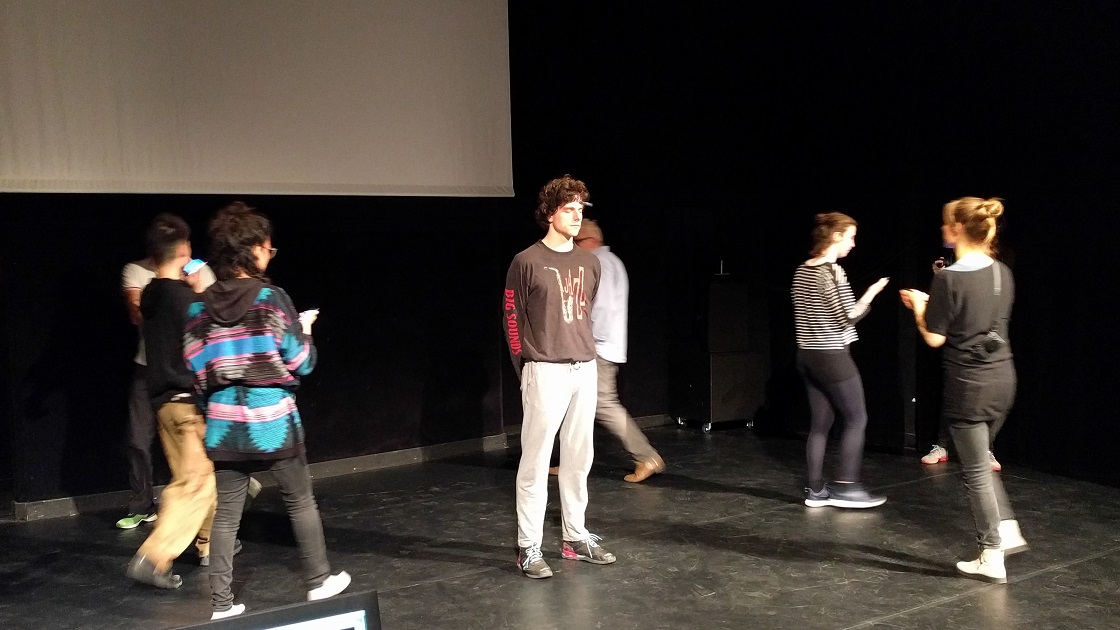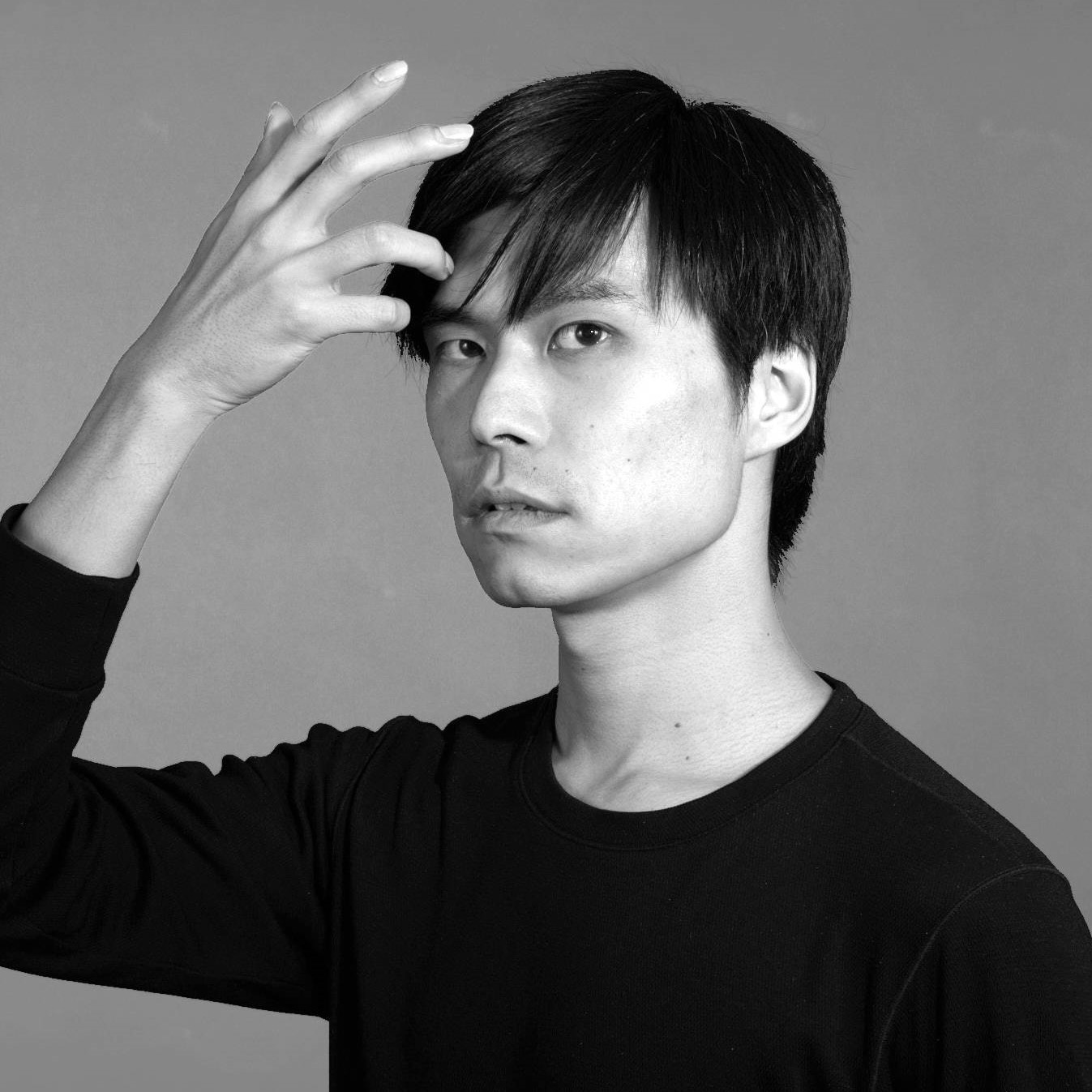EEG Experiments

How can digital media intervene communications between humans in a non-cognitive domain rather than simply being “intelligent” technologies? EEG Experiments are encounters that take a form of installation involving a pair or a group of people (who can be dancers or participants) in a public space or any place, mediated by neurosignals. A person wears a mobile electroencephalogram (EEG) sensor and the acquired signals are converted into sound that coarsely represents the mental task, in this case, if the person is focused or distracted. The sound is only audible to the other person wearing the headphones, who reacts to the sound by choreography and/or improvisation with a basic rule to assign a movement to each sound samples. As a result, a dialog is formed between two people which is choreographed not only by the quality of visible movements but also through the non-cognitive information sent through the system. Notably, the experiments are not an attempt to control someone through EEG or to develop a telepathy device. Rather, the experiments highlight the fact that humans are constantly dancing and choreographing their blood and cells including neurons. The choreography, i.e., biosignals and neurosignals, does not necessarily articulated in an explicit form but can be converted into subtle feedback in order to augment the communication between the people.
At the 8th Choreographic Coding Lab, in addition to the sonification of neurosignals, smartphones with visual feedback are used for experiments. As a collaboration with Chris Ziegler, 8 smartphones are connected to the system. Distraction and relaxation are quantified in real time and mapped as a color (red and blue, respectively) on the smartphones. Participants with smartphones are given a simple task: when the color is blue (relaxed), start walking and when it is red (distracted), stop walking. Thus, when the performer with an EEG sensor is relaxed, people start walking to distract the performer; if the performer is distracted, people will stop walking to lessen distraction. As a result, a feedback loop is created through different modalities including EEG and movements.
Special thanks to NeuroTechMTL and BRAMS for the valuable scientific input.
